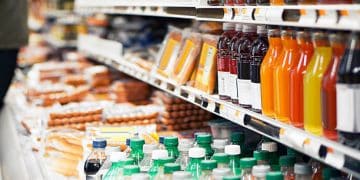U.S. food prices held steady from June to July but remain elevated compared to last year, particularly for tariff-sensitive staples such as coffee, sugar, and bananas. The Consumer Price Index (CPI) from the Bureau of Labor Statistics shows food prices in July were 2.9% higher than a year earlier — above the Federal Reserve’s 2% target for inflation.
While overall food inflation was flat month-to-month, certain categories saw significant year-over-year increases due to factors such as extreme weather, disease outbreaks, and global supply disruptions. Drought in U.S. cattle-producing regions has raised beef costs, reduced coffee harvests in Brazil and Vietnam have driven up coffee prices, and poor sugar production in India and Thailand has added pressure to global sugar markets.
Notable price changes over the past year include:
Eggs: +16.4%
Coffee: +14.5%
Beef and veal: +11.3%
Candy and chewing gum: +7.5%
Meats, poultry, fish and eggs (overall): +5.2%
Sugar and sweets: +5.1%
Bananas: +4.3%
Since 2020, U.S. food costs have risen 26%, with grocery expenses now a leading source of financial stress for households.
Newly implemented tariffs could put further upward pressure on certain food prices. About 75% of imported food products already face duties ranging from 10% to 30%. As of August 6, 2025, Brazilian coffee imports are subject to a 50% tariff — a cost likely to be passed on to consumers by roasters. Tariffs on non-food imports, such as packaging materials, can also indirectly raise food prices.
Many agricultural imports from Canada and Mexico remain exempt from tariffs under the United States-Mexico-Canada Agreement, which may help offset some price impacts. Analysts note that the full effect of recent tariffs may not yet be visible in CPI data, with potential for more noticeable changes later in the year, especially during the holiday season when grocery demand is higher.
#SupplyChainNews #TariffsAndDuties #FoodPriceTrends #GlobalTrade #InflationUpdate

















